China and US Robotaxi Race to Mass Production: Autonomous Driving Enters the DeepSeek Era
![]() 05/22 2025
05/22 2025
![]() 550
550
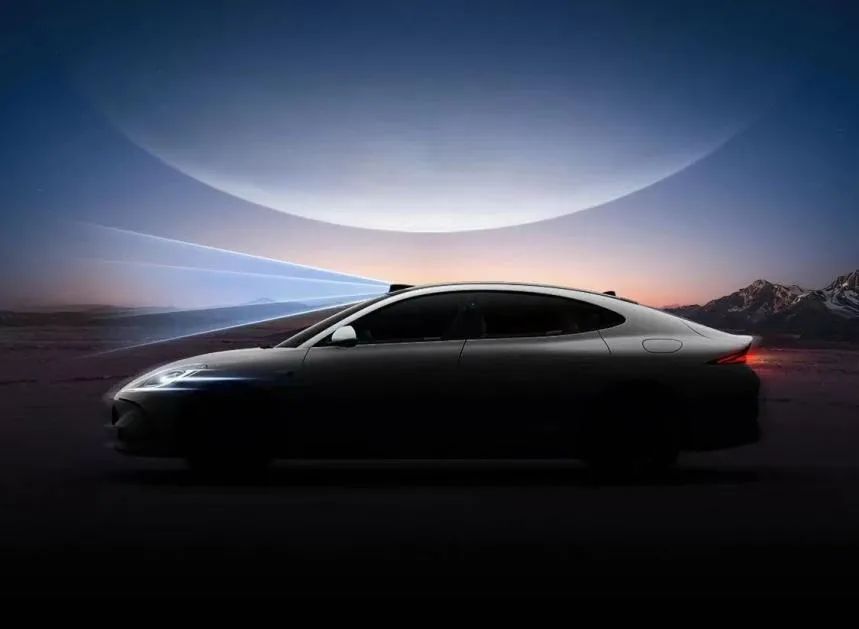
In the realm of autonomous driving, creating a replicable business model akin to the breakthroughs of DeepSeek in large models may be Momenta's ultimate goal in L4.
Author | Yang Ming
Editor | Liu Shanshan
Self-driving taxis navigate through the rain-soaked streets and soar past towering skyscrapers, becoming pivotal players in urban transportation – this is humanity's vision of cyberpunk technological romance.
In 2016, when Tesla unveiled its FSD system Autopilot 2.0, Musk painted a grand vision for Robotaxi (autonomous ride-hailing) in his "Master Plan."
Since then, Robotaxi, the crown jewel of autonomous driving technology, has emerged as the focal point of exploration for tech giants and traditional automakers both in China and abroad.
Nine years have elapsed, and the Robotaxi race has been tumultuous, marked by roller coaster-like ups and downs. Despite technological advancements, cost reductions, and policy support leading to an expansion of pilot cities, significant challenges and uncertainties persist – notably, scalable mass production, which remains the paramount obstacle on the path to commercialization.
In May 2025, the Robotaxi industries in China and the US unexpectedly synchronized their rapid advancements, taking a significant stride towards scalable mass production.
Across the Pacific, Waymo recently announced that it will double the production capacity of its Robotaxi in Arizona by the end of 2026. Meanwhile, Tesla, the industry heavyweight, sent a strong signal by announcing the launch of "fully unsupervised" Robotaxi services in Austin, Texas, in June, with plans to mass-produce steering wheel-free CyberCabs by 2026.

In China, Momenta's "two-pronged approach" in autonomous driving stands out even more prominently: on one hand, it has partnered with Uber to launch the first batch of L4 autonomous driving services in Europe in early 2026, expanding into international markets beyond the US and China; on the other hand, it has collaborated with SAIC Enjoy to establish the world's first Robotaxi fleet based on pre-installed mass production solutions, with plans to commence operations in Shanghai and expand the fleet to hundreds of vehicles by 2026.
It is evident that both China and the US are simultaneously racing towards mass production in the Robotaxi sector.
"This is not merely a technology showcase but a travel revolution," commented the head of Enjoy Robotaxi. Can this be a pivotal step in advancing the large-scale implementation of autonomous driving technology, akin to how DeepSeek propelled the popularization of large models? With China and the US advancing side by side in Robotaxi technology, can it lead China to become the first to successfully implement a viable business model?
01
China's "Golden Triangle" Solution for Robotaxi
"Compared to Waymo, why adopt a different strategy?" At a public event in 2020, the host posed a probing question to Momenta founder Cao Xudong.
At that time, the most promising commercial application for L4 autonomous driving was gradually crystallizing as Robotaxi, yet the debate over technical routes was intensifying. Tesla's "gradual" approach from L2 to L4 stood in stark contrast to Waymo's direct "leapfrogging" to L4. Momenta chose the strategy of "both L2 and L4," which deviated markedly from the general industry direction.
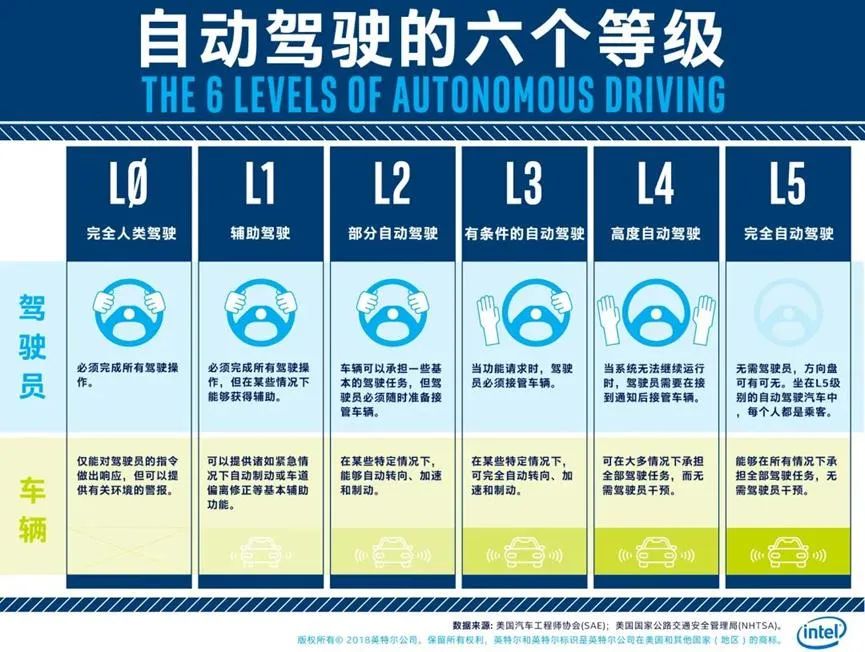
This strategy was not well-received by peers at the time. Some questioned its focus, invoking the adage "if you chase two rabbits, you will catch neither," arguing that a Robotaxi fleet could be swiftly established by "clearing the way when encountering mountains and building bridges when encountering rivers."
In the view of skeptics, many players focusing solely on L4 were already incurring losses, let alone those attempting to walk on "two legs." The challenge would only be doubled.
Indeed, the Robotaxi track has been a difficult journey for many years, with the well-known cost risks being just one aspect. In the intricate industrial chain of "vehicle-technology-operation," L4 autonomous driving companies often struggle to stay ahead relying solely on technology – even powerful companies like Tesla have frequently delayed their Robotaxi plans and are only now on the cusp of mass production.
For entrants in China's Robotaxi industry, the reality is even more specific: OEMs lack top-tier hardware, advanced algorithms, and data closed loops; autonomous driving companies find it challenging to mass-produce entire vehicles and need to collaborate with OEMs. Delivering travel service products to users necessitates the assistance of an operation platform.
This has led to a prolonged period where most Robotaxis on the market were "modified vehicles" with patches: aftermarket sensors, external computing units, high costs, and questionable reliability and consistency, destined to be transitional products for small-scale testing.
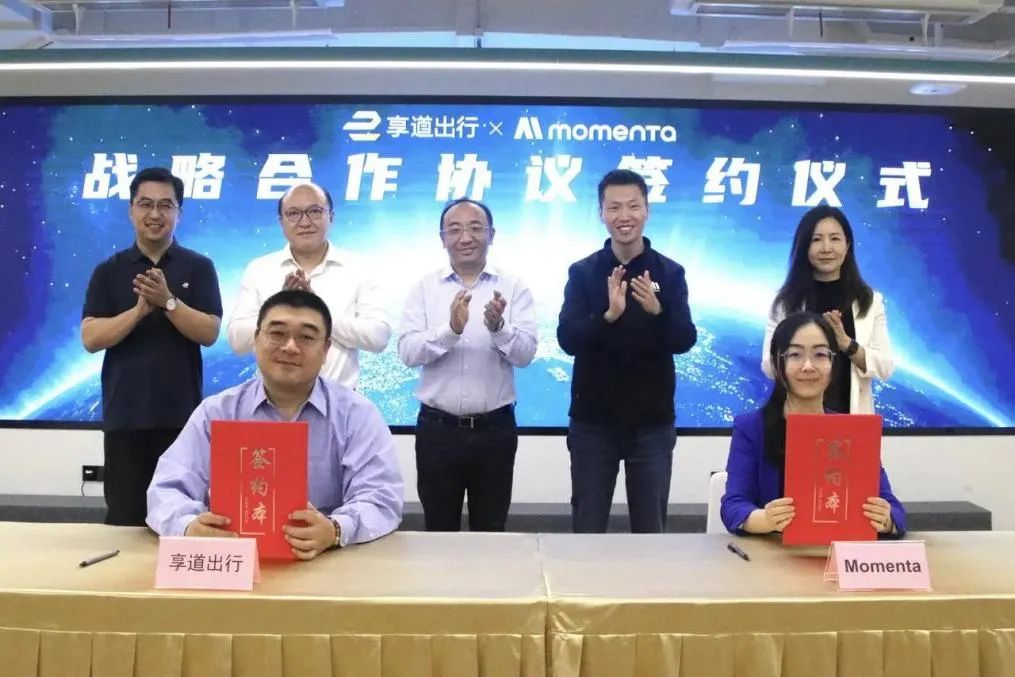
Later, the industry gradually recognized that pre-installed mass production – native Robotaxi vehicles mass-produced from production lines – is the optimal path for large-scale Robotaxi deployment. Autonomous driving companies concentrate on core technologies, OEMs handle vehicle mass production, and travel platforms provide operational scenarios, with the three jointly creating Robotaxi models.
This is known as the "Golden Triangle" collaboration, which leverages each party's expertise, shares risks, and significantly reduces overall costs across supply chains, research and development, mass production, and maintenance. "All testing and validation are completed before the vehicle leaves the factory, leading to substantial improvements in reliability and vehicle lifecycles."
Clearly, this is a highly complex systematic project. A co-founder of an autonomous driving company emphasized that the three parties must form a strong alliance, independently yet deeply coupled, to jointly create a "golden triangle" from technology research and development to large-scale commercialization.

Finding suitable partners is crucial. Some solution providers lack technological maturity, while others are unable to couple with OEMs and operation platforms. Operations also pose a significant threshold – facing numerous practical problems and emergencies at the operational level, the industry has long believed that Tesla underestimated the complexity of fleet operations.
Therefore, although the industry recognizes that pre-installed mass production is the best path to large-scale Robotaxi deployment, before Momenta's partnership with SAIC Enjoy, there were no successful global cases, despite some players claiming pre-installed mass production, which entailed high customization costs.
After partnering with SAIC Enjoy, Momenta confidently declared its intention to build the world's first Robotaxi fleet based on pre-installed mass production solutions, attributed to the uniqueness of Momenta's "two-legged" approach, which cleverly addresses or solves industry pain points.
Specifically, Momenta will provide the industry's first Robotaxi solution based on pre-installed mass production. At the hardware level, it leverages the existing SAIC IM LS6, which boasts more stable technology and quality, with more controllable costs, providing a foundation for large-scale rapid replication.
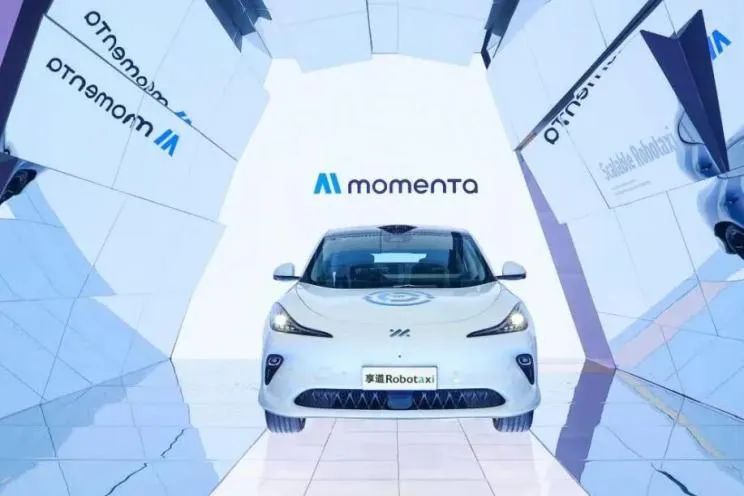
The travel platform plays an indispensable role in the development of Robotaxi. Enjoy Travel, which recently completed a Series C funding round of over 1.3 billion yuan, jointly launched China's first L4 autonomous driving operation platform with Momenta in 2021 and has established a mature operation network in Suzhou, Shanghai, and other locations, proving its value.
Under the shimmering lights of Shanghai's Bund, the partnership between Momenta and Uber, the world's largest travel platform, also exemplifies the "technology + mass production + scenario" golden triangle in the autonomous driving industry.
According to the agreement, Momenta will provide Uber with standardized autonomous driving solutions that do not rely on high-precision maps, based on the pre-installed mass production system jointly developed with global mainstream automakers. Uber will open its global operation network to jointly promote the commercial deployment of Robotaxi in global markets.
02
Conquering the Peaks of Technology and Safety
The industry generally believes that achieving scalable L4 is the linchpin driving Robotaxi advancements, akin to climbing Mount Everest. This is also the ultimate goal of Momenta, as emphasized by Cao Xudong.
What constitutes scalable L4?
"It's not about having a high-precision map in a specific location or region or hundreds of vehicles running non-stop. Although this may be labeled as L4, it is not scalable L4," Momenta CEO Cao Xudong previously explained. True scalable L4 should have nationwide or even global access capabilities and achieve a safety level ten times that of human drivers.
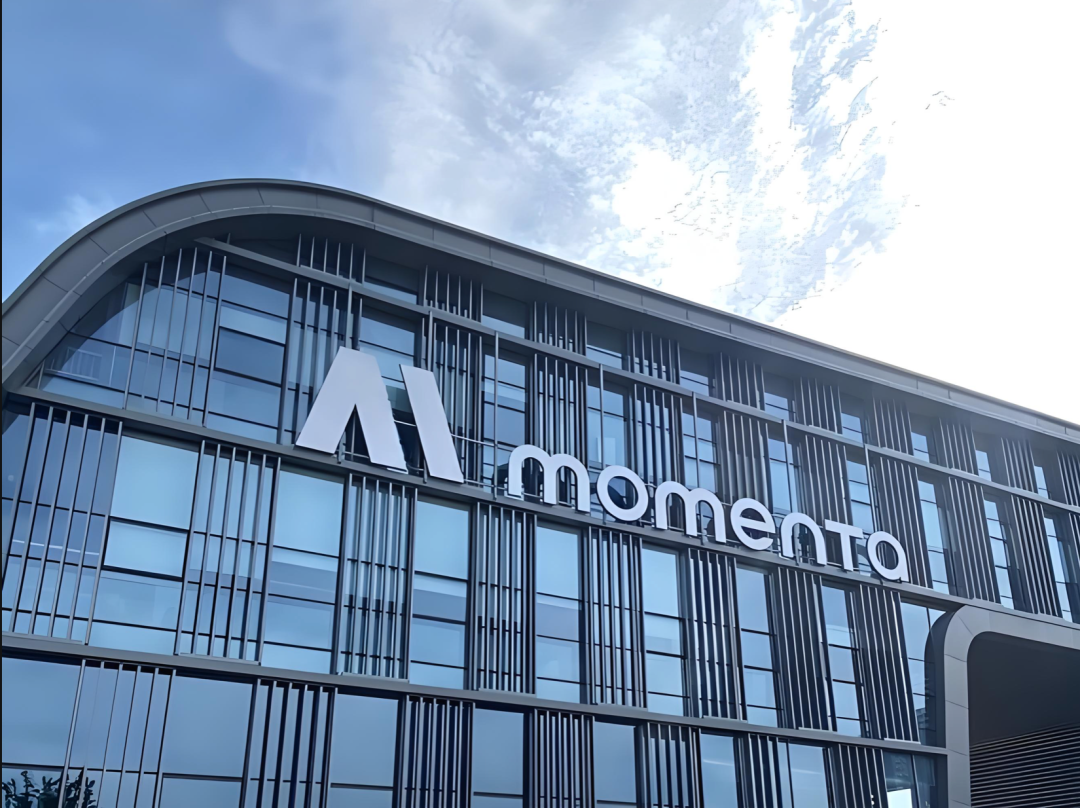
To attain this goal, breakthroughs are essential in three key dimensions: mass production experience, technology layout, and safety standards.
Mass production experience and technology layout directly determine whether Robotaxi can progress from 0 to 1 and then from 1 to N, achieving large-scale deployment.
In the industry, Momenta, which utilizes a combination of "long-term memory" and "short-term memory" to study intelligent driving large models, is one of the few enterprises with "end-to-end" autonomous driving mass production capabilities. To date, Momenta has collaborated on over 140 models for mass production and is expected to reach its third 100,000-vehicle installation milestone in May this year.
Accumulating mass production experience earlier and more extensively has enabled Momenta to significantly reduce the cost per vehicle when advancing Robotaxi projects with partners like Enjoy by reusing mass-produced sensors and computing units.
Another challenge for Robotaxi is the ODD (Operational Design Domain) limitation, meaning it can only operate in specific areas and conditions. Unlike most L4 platforms, Momenta adopts an end-to-end model + lightweight map solution to eliminate dependence on high-precision maps and achieve rapid adaptation in diverse countries and urban road environments. This has been successfully applied in markets such as Europe, Australia and New Zealand, the Middle East, and Japan, truly moving towards "global driving."
After surmounting the cost mountain, steeper peaks emerge. To achieve true scalable L4, it is necessary to address long-tail problems (corner cases), prove a safety level far surpassing that of human drivers, and establish a core barrier between "usable" and "safe."
"Safety is paramount," Cao Xudong has repeatedly stated that if a Robotaxi company experiences a major or fatal accident in 1,000 vehicles in a year, the company may have to shut down.
Safety encompasses vehicle safety, autonomous driving safety, data safety... There are millions of such long-tail problems, and it is virtually impossible to solve them one by one using rule-based and manual methods.
Cao Xudong's solution is a "flywheel" that feeds on sufficient data and solves problems through a data-driven approach. The core lies in the industry-verified "mass production data + data-driven algorithm + closed-loop automation."
This solution is now a consensus in the autonomous driving community, and Momenta's flywheel has iterated to the fifth generation, with the automation rate increasing from the initial 50% to over 99%. This means that out of 100 new driving problems, 99 can be resolved through data-driven automation without manual intervention, significantly reducing the marginal cost of research and development.
Cao Xudong revealed that in the second half of this year, they will also launch the R6 flywheel large model based on reinforcement learning. This model can independently summarize experiences from "wins and losses," granting autonomous driving algorithms the potential to surpass human drivers.
The competition in autonomous driving technology is essentially a competition in data accumulation. With the algorithm in place, how much data is needed to achieve L4-level scalability?
According to Momenta's estimates, this requires accumulating at least 100 billion kilometers of driving data, equivalent to the data volume of 10 million passenger vehicles driving for a year. No company in China or abroad possesses a self-owned fleet of this scale, necessitating reliance on data feedback from large-scale mass-produced vehicles.
Based on this, Momenta has adopted a "two-legged" product strategy: one leg focuses on mass-producing L2 assisted driving, akin to Tesla's FSD, in collaboration with major Tier 1 companies globally; the other leg is fully autonomous driving at the L4 level, climbing the technological Mount Everest. The hardware and software platforms remain consistent to enable technology commonality and data sharing.
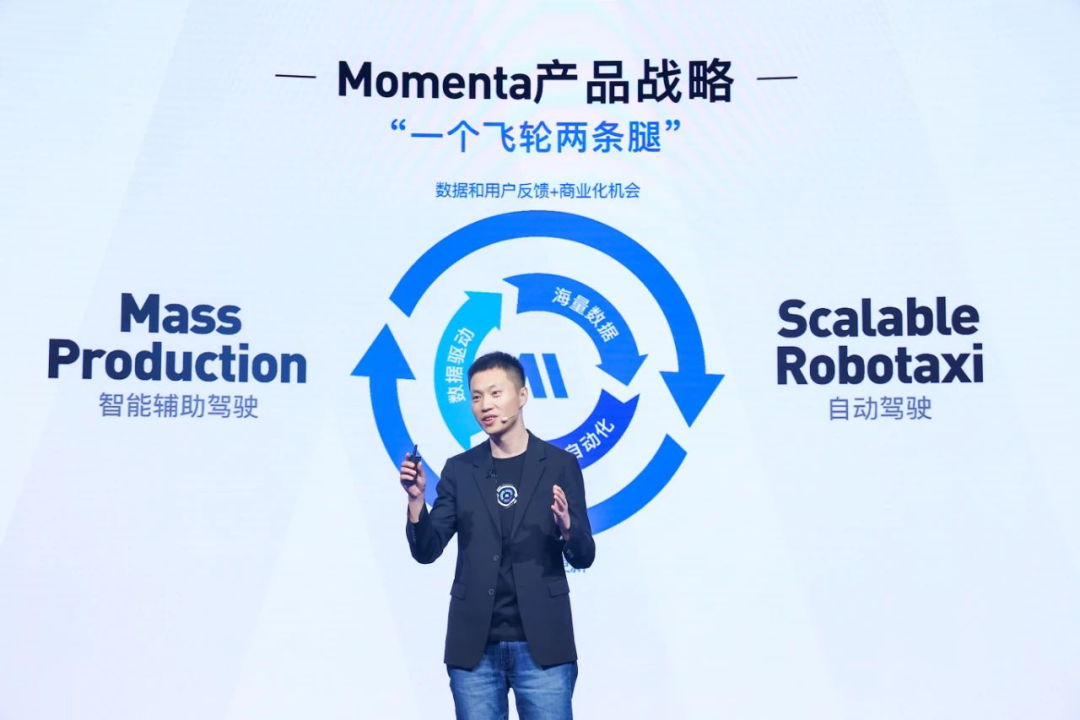
The "one flywheel + two legs" strategy is thus complete. This model, once questioned, has now proven to be a successful positive cycle: "Accumulating real road condition data through mass-produced vehicles and feeding it back into the development of Robotaxi technology will make both assisted and autonomous driving more reliable and safer."
Currently, 300,000 mass-produced vehicles equipped with Momenta's L2 system are traversing roads, capturing real-world "road fragments," and feeding this data back into the L4 system through a unified architecture. Given the complexity of Chinese roads, which surpasses that of Europe, the United States, Japan, and South Korea, Momenta's accumulated "golden data" may even outpace Tesla's.
When some pure L4 enterprises shift to L2 and face difficulties due to differing technical paths, Momenta, with its "one flywheel and two legs" strategy, not only embraces reality but also holds fast to its dreams:
On one hand, by dominating the market with L2 technology, Momenta has become the largest supplier of intelligent assisted driving systems for mass-produced vehicles. Among the world's top 10 automakers, seven have established in-depth collaborations with Momenta, and it leads the market share of the urban NOA third-party intelligent driving market with 60.1%. On the other hand, after surmounting the hurdles of technology and safety, Momenta is racing ahead with the mass production of Robotaxi to accelerate the scale of L4 technology.
03
Momenta's Ecological Construction Path:
Domestic Parity and Technology Going Global
From the perspective of an autonomous driving practitioner, Momenta and Tesla coincidentally accelerated the mass production process of Robotaxi. Behind this coincidence lies the deep integration of artificial intelligence and autonomous driving by 2025, signifying that the global Robotaxi industry is entering a new phase.
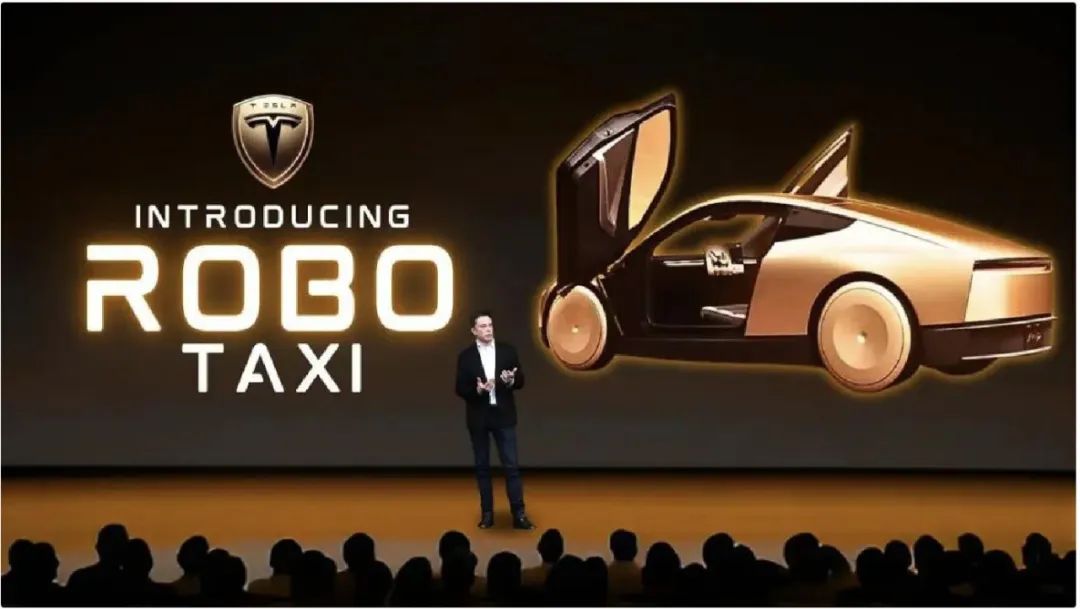
According to McKinsey consulting reports and research data from CICC, the global market space for Robotaxi business will exceed $2 trillion by 2030. Goldman Sachs predicts that the Chinese Robotaxi market will grow from $54 million in 2025 to $47 billion in 2035, representing a 757-fold increase over ten years. By 2035, the Robotaxi fleet size is expected to reach 1.9 million vehicles, accounting for 25% of shared mobility vehicles.
This urgency is felt by all participants. Besides partnering with Momenta, Uber has also joined forces with Wayve to expand Robotaxi services into the Middle East and European markets. Meanwhile, Chinese Robotaxi players, proclaiming 2025 as the first year of mass Robotaxi production, have collectively embarked on a wave of globalization.
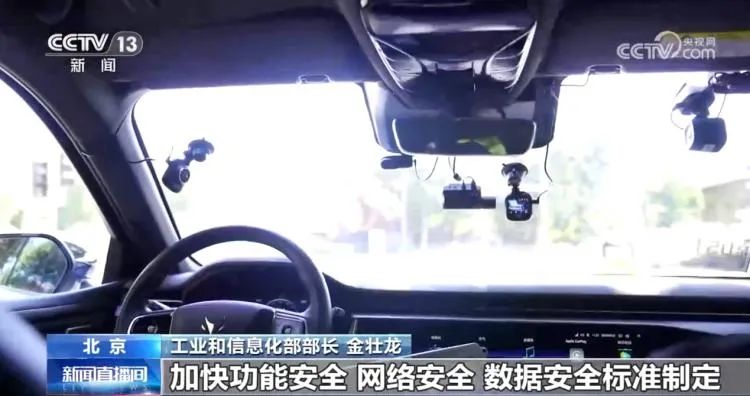
At the policy level, the groundwork is being laid for the commercialization of autonomous driving. Autonomous driving technology has been incorporated into the "14th Five-Year Plan" for digital economy development. Locally, cities like Shenzhen, Shanghai, and Beijing provide policy support in areas such as liability determination, road testing, and commercial operation, shifting from "test supervision" to "scaled application."
In an interview with the media earlier this year, Cao Xudong stated that the three key goals for 2025 are to achieve full autonomy, turn a single-vehicle gross profit, and go global. Currently, these goals are rapidly advancing.
However, Momenta's "ambition" clearly extends beyond these milestones. It is also attempting to rewrite the global autonomous driving competition rules with the "China solution." Specifically, in terms of domestic and foreign markets, we can observe distinct "expansion" paths for Momenta.
In the Robotaxi sector, although Momenta currently only collaborates with SAIC Enjoyway in China, this is evidently just the creation of a replicable business template. Becoming the DeepSeek of the autonomous driving field may be Momenta's ultimate goal in L4.
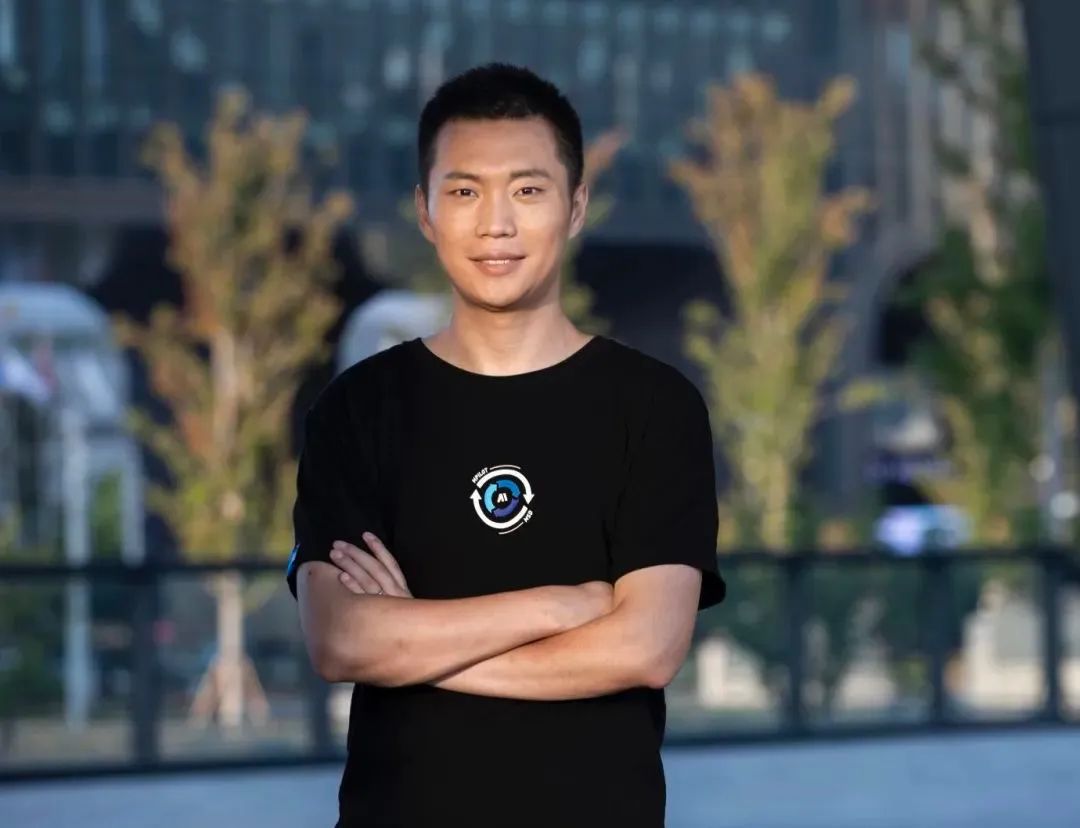
This is the future life envisioned in many articles: when Robotaxi shuttles through streets and alleys, not only will everyone be able to enjoy the technological advancements at a low cost, but it will also spur innovations and transformations in future urban transportation.
Industry insiders view the L2 field as having a substantial market share, in-depth collaborations with mainstream automakers globally, cost advantages, iterative technology closed loops, and reusable adaptability. The technology's maturity has shifted from "Demo verification" to "real service," all of which are reasons why Momenta could become the next "DeepSeek" in the Robotaxi sector.
In fact, this is precisely why SAIC Enjoyway/Uber favors Momenta – rapid implementation capabilities combined with cross-regional adaptation enable them to quickly achieve large-scale regional coverage and surpass other competitors in the Robotaxi field.
Europe, as a hub of the automotive industry, lags behind in its intelligent transformation and lacks local leading autonomous driving enterprises. Uber's 150 million monthly active users will become Momenta's ideal landing ground for L4, realizing ecological positioning.
It's worth mentioning that Momenta and Uber will form a deep "technology + platform + ecology" binding, which will also help address challenges such as European data compliance and local adaptation.
Industry insiders believe that this "China solution" export model is a crucial measure to seize the commanding heights of the ecosystem and even secure the right to speak in global standard setting.
Previously, the IM AD intelligent driving system jointly developed by Momenta and IM Motor was promoting China's experience to Southeast Asia, Australia and New Zealand, Europe, and other regions, demonstrating the diverse path of Chinese autonomous driving going global.
As tides rise and fall, L4 autonomous driving, represented by Robotaxi, is crossing the "last mile" and accelerating towards the eve of mass production. Everyone realizes that autonomous driving is no longer an isolated technological competition but a battle of innovative models and ecological collaboration capabilities.
"We hope to reach tens of millions, even hundreds of millions of vehicles, and achieve scalable L4 throughout China and even the world," Cao Xudong said in a keynote speech last year. This is not only the ultimate goal set by Momenta when it was first established but also the direction of Chinese autonomous driving technology towards the stars and the sea.
END
Producer: Huang Qiangqiang





